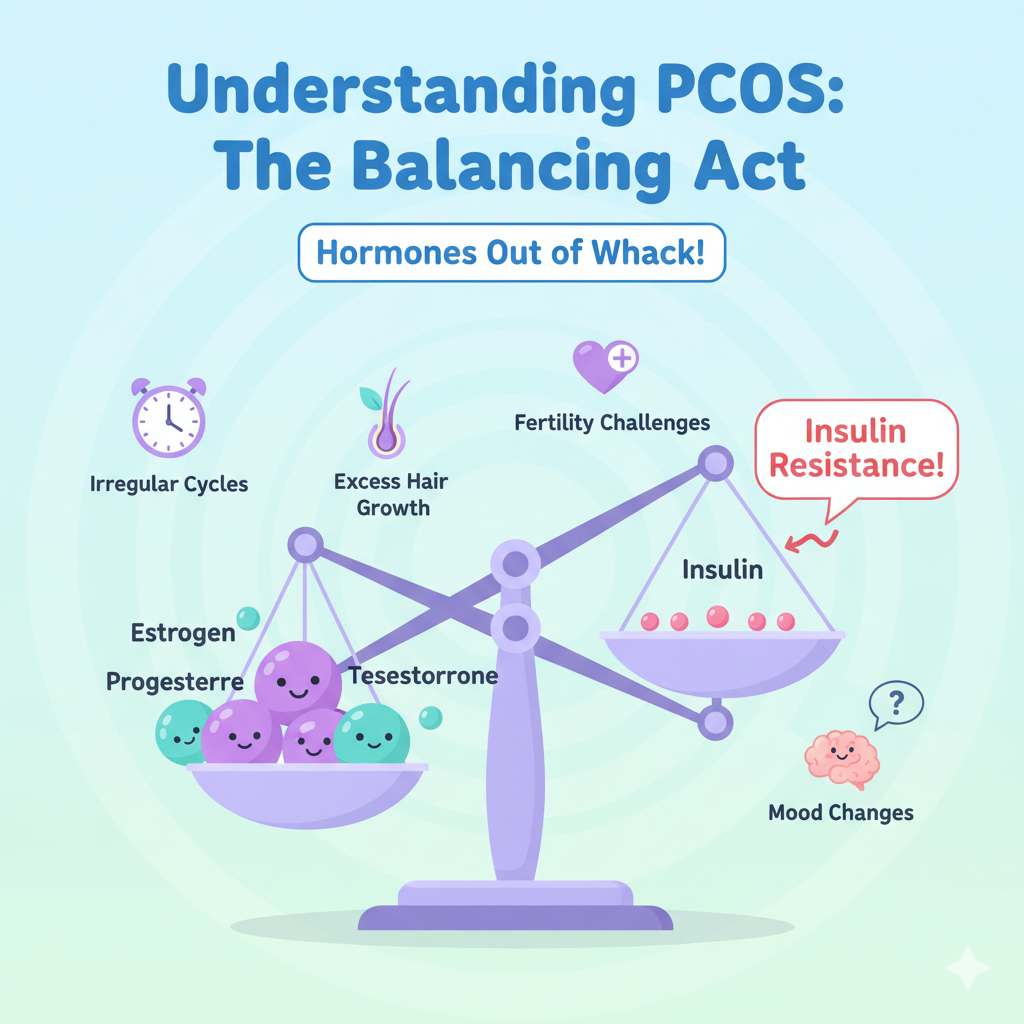Prenatal Wellness: Yoga & Exercise Through Pregnancy
Discover safe, effective practices to support your strength, flexibility, and emotional well-being during each trimester of pregnancy.
The Top Benefits of Prenatal Yoga for Expecting Mothers
Pregnancy is a time of transformation—physically, emotionally, and mentally. Prenatal yoga offers a nurturing way to support your body and mind through every stage of this journey. More than just stretching, it’s a holistic practice that enhances physical comfort, emotional stability, and overall well-being for both mother and baby.

Physical & Mental Health Advantages
- Improves Strength and Flexibility: Prenatal yoga strengthens the muscles used during childbirth and helps maintain flexibility as your body changes.
- Supports Better Sleep: Gentle stretches and mindful breathing reduce restlessness and promote deeper, more restful sleep.
- Reduces Back Pain and Swelling: Specific yoga poses improve posture, circulation, and lymphatic flow, easing common pregnancy discomforts.
- Lowers Anxiety and Stress: Mindful breathing and relaxation reduce cortisol levels, improving emotional balance.
- Reduces Pregnancy Complications: Research shows that prenatal yoga may lower risks of hypertension, preterm labor, and intrauterine growth restriction.
Preparing the Body and Mind for Labor
Prenatal yoga isn’t only about flexibility—it’s about building mental strength and resilience for birth.
- Breathing for Labor: Techniques like ujjayi and deep belly breathing help manage contractions and anxiety.
- Mindfulness and Relaxation: Visualization and meditation cultivate calm confidence for delivery.
- Community Connection: Joining prenatal yoga classes connects you with other expecting mothers, fostering a sense of sisterhood and emotional support.
Final Thoughts: Prenatal yoga provides a safe, empowering, and deeply healing space for expecting mothers. At Blossom Women’s Wellness Clinic, we encourage gentle yoga as part of your holistic prenatal care plan—always under professional guidance.
Safe Exercises for Each Trimester
As your pregnancy progresses, your body’s needs and capabilities change. Here’s how to adapt your exercise routine safely through each trimester.
Safe Exercises for the First Trimester
Your first trimester marks the beginning of an incredible journey. Staying active during these early weeks can boost energy, reduce fatigue, and support a healthy pregnancy. The key? Choosing gentle, mindful movements that honor your body’s needs.
Recommended Activities
- Walking or Light Jogging: Keeps the heart healthy and improves circulation without strain.
- Swimming or Water Aerobics: Water supports your body weight, easing joint pressure while providing full-body conditioning.
- Prenatal Yoga or Pilates: Builds foundational strength, improves posture, and promotes calm breathing.
- Stationary Cycling: Enhances endurance safely when performed at a moderate pace.
Safety Tips for the First Trimester
- Avoid high-impact sports or exercises that risk falling or abdominal trauma.
- Listen to your body—rest when you feel tired, and never push through discomfort.
- Stay hydrated and avoid overheating, especially during outdoor or high-temperature sessions.
- Always consult your healthcare provider before beginning or continuing any exercise routine.
Extra Tips: Start slowly and increase intensity only if you feel comfortable. Focus on breathing and balance, not performance. Include gentle stretching post-workout to improve circulation and prevent stiffness.
Prenatal Yoga Poses for Each Trimester
Every trimester brings new physical and emotional shifts. Adapting your yoga practice ensures safety, comfort, and the right kind of strength for each stage of pregnancy.
Safety & Mindfulness Tips: Avoid any pose that compresses the belly or causes strain. Move slowly and breathe deeply. Always practice under the guidance of a certified prenatal yoga instructor or after consulting your obstetrician.
First Trimester Yoga
- Cat-Cow Pose: Keeps the spine mobile and relieves back tension.
- Warrior I & II (Modified): Strengthens legs and fosters confidence.
- Butterfly or Cobbler’s Pose: Opens hips and improves pelvic circulation.
Second Trimester Yoga
- Supported Lunges & Side Stretches: Enhance balance as your center of gravity changes.
- Modified Planks: Build gentle core strength safely.
- Hip Circles & Gentle Backbends: Ease lower back strain.
Third Trimester Yoga
- Supported Deep Squats: Open the pelvis and strengthen the lower body.
- Seated Forward Folds with Props: Encourage relaxation.
- Side-Lying Restorative Poses: Relieve pressure and improve comfort.
Conclusion: Prenatal yoga celebrates the connection between mother and baby—nurturing physical strength, emotional balance, and inner calm. At Blossom Women’s Wellness Clinic, we support every woman’s unique pregnancy journey with compassionate, evidence-based guidance.
Safe Second Trimester Workouts
By the second trimester, energy levels often rise, and nausea may ease—making it a great time to stay active. However, as your baby bump grows, your balance and posture change. Exercise now focuses on strength, stability, and core support.
Best Practices
- Prenatal Yoga (Modified): Strengthens your core and hips while relieving tension in your back.
- Swimming: Provides a soothing, weightless feeling and helps reduce swelling.
- Walking: A safe and easy way to maintain cardiovascular health.
- Safe Strength Training: Light weights or resistance bands help maintain muscle tone and posture.
Exercises to Include
- Yoga Poses: Cat-cow, side stretches, and supported lunges for flexibility.
- Strength Moves: Gentle squats, bridges, and glute lifts to support the pelvis.
- Core Work: Pelvic tilts and light breathwork to activate deep abdominal muscles.
Cautions
- Avoid exercises on your back for long periods.
- Skip movements that challenge balance or cause dizziness.
- Keep cool and hydrated throughout your session.
Pro Tip: Try prenatal fitness classes designed for second-trimester moms. You’ll get expert supervision and connect with other women on the same journey.
Prenatal Yoga Poses for Each Trimester
Every trimester brings new physical and emotional shifts. Adapting your yoga practice ensures safety, comfort, and the right kind of strength for each stage of pregnancy.
Safety & Mindfulness Tips: Avoid any pose that compresses the belly or causes strain. Move slowly and breathe deeply. Always practice under the guidance of a certified prenatal yoga instructor or after consulting your obstetrician.
First Trimester Yoga
- Cat-Cow Pose: Keeps the spine mobile and relieves back tension.
- Warrior I & II (Modified): Strengthens legs and fosters confidence.
- Butterfly or Cobbler’s Pose: Opens hips and improves pelvic circulation.
Second Trimester Yoga
- Supported Lunges & Side Stretches: Enhance balance as your center of gravity changes.
- Modified Planks: Build gentle core strength safely.
- Hip Circles & Gentle Backbends: Ease lower back strain.
Third Trimester Yoga
- Supported Deep Squats: Open the pelvis and strengthen the lower body.
- Seated Forward Folds with Props: Encourage relaxation.
- Side-Lying Restorative Poses: Relieve pressure and improve comfort.
Conclusion: Prenatal yoga celebrates the connection between mother and baby—nurturing physical strength, emotional balance, and inner calm. At Blossom Women’s Wellness Clinic, we support every woman’s unique pregnancy journey with compassionate, evidence-based guidance.
Staying Strong and Flexible in the Third Trimester
The final stretch of pregnancy brings both excitement and physical challenges. Staying gently active supports your stamina, reduces aches, and helps prepare your body for childbirth.
Third Trimester Favorites
- Prenatal Yoga & Pilates: Focus on hip opening, pelvic flexibility, and breath control.
- Pelvic Tilts & Kegels: Strengthen pelvic floor muscles for delivery and recovery.
- Light Squats & Supported Wall Sits: Encourage pelvic alignment and readiness for labor.
- Side-Lying Leg Lifts & Gentle Walks: Boost circulation and ease swelling in the legs.
Comfort & Safety Tips
- Use pillows or yoga blocks for extra support.
- Avoid lying flat on your back for extended periods.
- Move slowly and breathe deeply; your goal is comfort, not intensity.
- Wear loose, breathable clothing and stay hydrated.
Bonus Tip: Incorporate mindful breathing into every movement—it strengthens your connection with your baby and prepares you mentally for labor.
Prenatal Yoga Poses for Each Trimester
Every trimester brings new physical and emotional shifts. Adapting your yoga practice ensures safety, comfort, and the right kind of strength for each stage of pregnancy.
Safety & Mindfulness Tips: Avoid any pose that compresses the belly or causes strain. Move slowly and breathe deeply. Always practice under the guidance of a certified prenatal yoga instructor or after consulting your obstetrician.
First Trimester Yoga
- Cat-Cow Pose: Keeps the spine mobile and relieves back tension.
- Warrior I & II (Modified): Strengthens legs and fosters confidence.
- Butterfly or Cobbler’s Pose: Opens hips and improves pelvic circulation.
Second Trimester Yoga
- Supported Lunges & Side Stretches: Enhance balance as your center of gravity changes.
- Modified Planks: Build gentle core strength safely.
- Hip Circles & Gentle Backbends: Ease lower back strain.
Third Trimester Yoga
- Supported Deep Squats: Open the pelvis and strengthen the lower body.
- Seated Forward Folds with Props: Encourage relaxation.
- Side-Lying Restorative Poses: Relieve pressure and improve comfort.
Conclusion: Prenatal yoga celebrates the connection between mother and baby—nurturing physical strength, emotional balance, and inner calm. At Blossom Women’s Wellness Clinic, we support every woman’s unique pregnancy journey with compassionate, evidence-based guidance.


